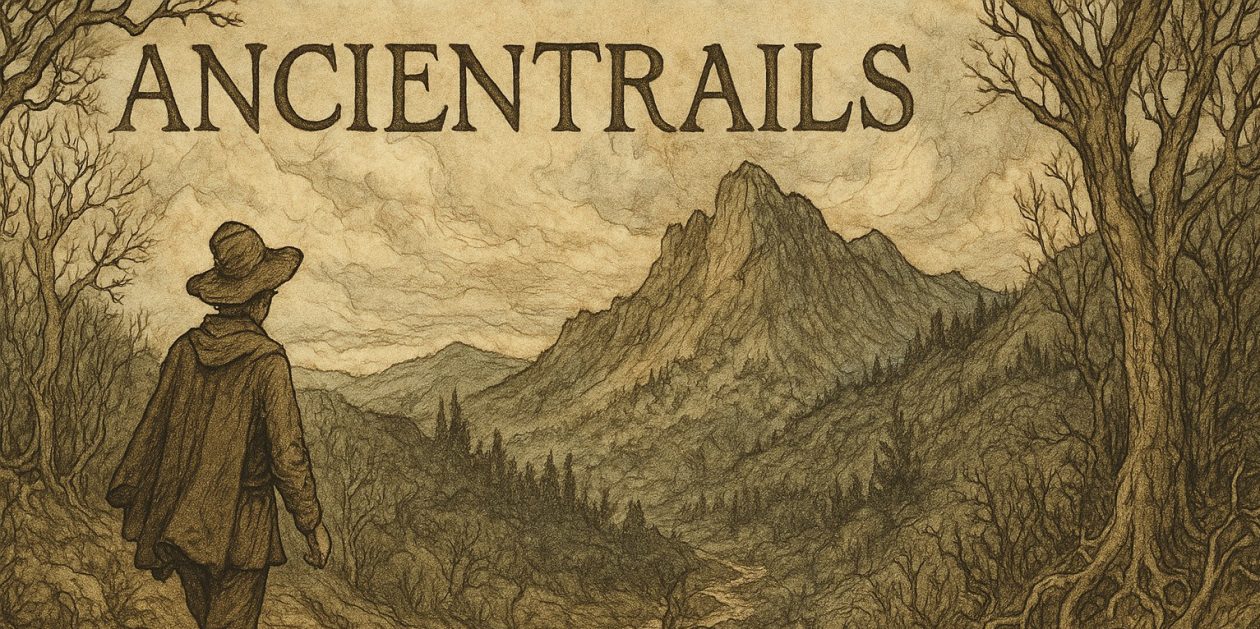71 bar rises 29.77 0mph N dew-point 64 sunrise 6:02 sunset 8:37 Lughnasa
Waxing Crescent of the Corn Moon
This website + $100, 000 will get you your very own jetpack. Advertising says it can fly for 30 minutes. Almost enough for the commute, but how will you refuel?
When I quit writing at 5:30 pm today, I had four single-spaced pages done and I had not gotten off the east coast in this story of the move west. This may be a two-part presentation. As I said below, for me, context is everything. Nothing happens without relationships. In this case understanding the planting of liberal religion in Minnesota requires an understanding of interreligious conflict in the midterm past: the Reformation and the long term past: say, Abram and the voice of YHWH facing down the Gods of Chaldea. The near term past, the history of colonial America, the young United States and the westward expansion have their own threads to weave in this story. It may be that the mid and long term past will require one Sunday and the near term a second. Not sure yet.
As I wrote the above, I kept thinking about Buddhism in which the now is everything. We are not, in Buddhist thought, the same self from moment to moment so how arrogant is it to lay out patterns over millennia? Maybe a lot, but it is a contradiction I’m willing to risk. If I can talk about it, this narrative has some meaning, even if, in the end, the now is all that matters.
My hope is that by the end of this work I will be able to illustrate five things. 1. The conflict of orthodoxy and heterdoxy goes back at least as far as Abraham in the Judaeo-Christian tradition. 2. The expansion of liberal religion had as much, if not more, to do with religious freedom guaranteed by the first amendment and spawned directly by the Reformation than it has to do with liberal religious thought in Europe. 3. The westward expansion of liberal religion created a nurturing climate for its increasing radicalization, partly due to accidents of history and partly to the nature of the frontier. 4. Liberal religion in the west has a long and distinguished record of support for heresy. 5. In the end all the conflict outlined in this presentation has at its roots the question of religious authority.
I have ended up in an odd place. In the late 19th and early 20th century liberal religion in the west took risks, challenged both religious and cultural norms, but it feels to me like the latter part of the 20th and the early part of the 21st find us in trough. Our faith does not quicken hearts, nor does it create much change. It seems to me we fail on both important measures of a faith tradition, i.e. the ability to nurture the inner life and the power to affect change in the culture. This is a finger of blame not extended from my hand or wagging in shame, but curved back at me and the leadership of this generation that I represent.
This whole enterprise needs a rethink, a radical redo. We have gotten thin and liberal, instead of profound and prophetic.
